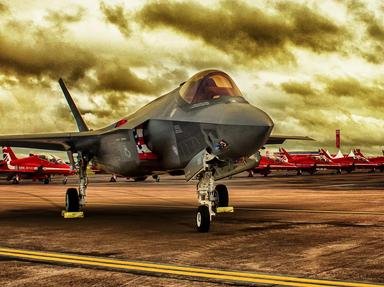Quiz Answer Key and Fun Facts
1. Where in Northern Germany were the Devonshire and Dorsetshire Regiments amalgamated on the 17th of May 1958?
2. During the period known as the 'Cold War', Army units within the British Army of the Rhine (BAOR) were expected to be able to respond within two hours of a call out by their Garrison Commander. By what name were these exercises known?
3. In early 1980, the Devon and Dorsets returned to the UK from Osnabruck and were posted to which ancient Roman town in Eastern England that was destroyed by the uprising of the local tribes in AD61?
4. Whilst the Devon and Dorsets were stationed in the UK, an event occurred that only happens once approximately every 20 years. It is a very important event in the history of a Regiment and is usually carried out in the presence of the reigning monarch or his/her representative. What event is this?
5. Whilst stationed in East Anglia, elements of the Devon and Dorsets were also selected to field test which new British Army small arms system?
6. Towards the end of 1983, the Devon and Dorsets were posted to Northern Ireland for a period of two years in what role?
7. Each year, the Devon and Dorsets celebrate an event which took place in the 19th Century, which resulted in an order being issued and read out to every Regiment in the Army describing the events of this day. What is this celebration known as?
8. During the Battalion's posting to Berlin in the mid 1980s, one of their duties was to provide a contingent of soldiers to guard the sole inmate of the infamous prison at Spandau. Who was this prisoner?
9. Traditionally, the Regimental Colours of a Regiment are laid up in a place of particular importance to that Regiment. Where are the last Colours presented to the Devon and Dorsets now resting?
10. In January 2007, the Devon and Dorsets (in name only) passed into history when they were amalgamated into which 'Super Regiment' as a result of HM Government policy?
Source: Author
SisterSeagull
This quiz was reviewed by FunTrivia editor
stedman before going online.
Any errors found in FunTrivia content are routinely corrected through our feedback system.

